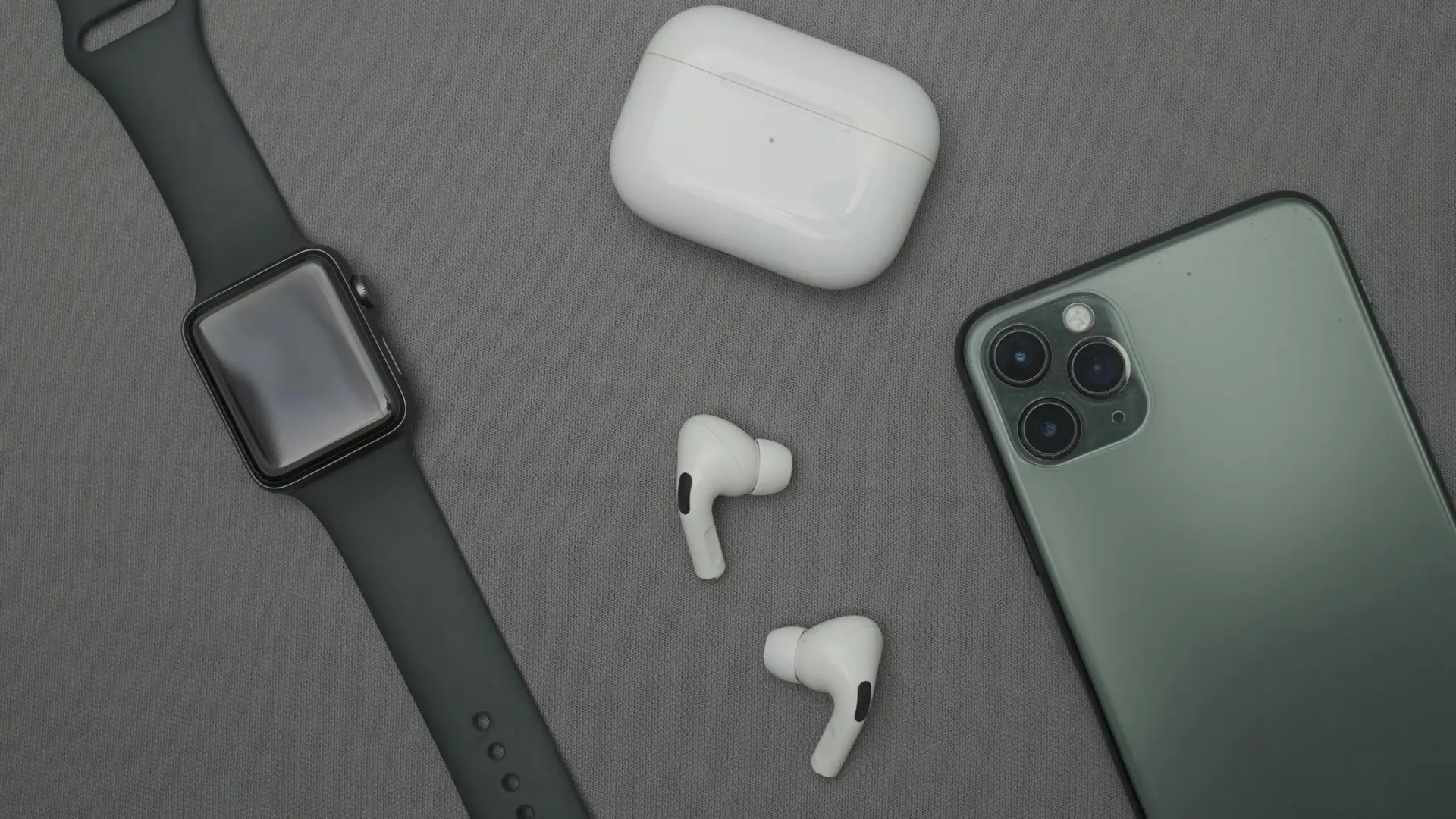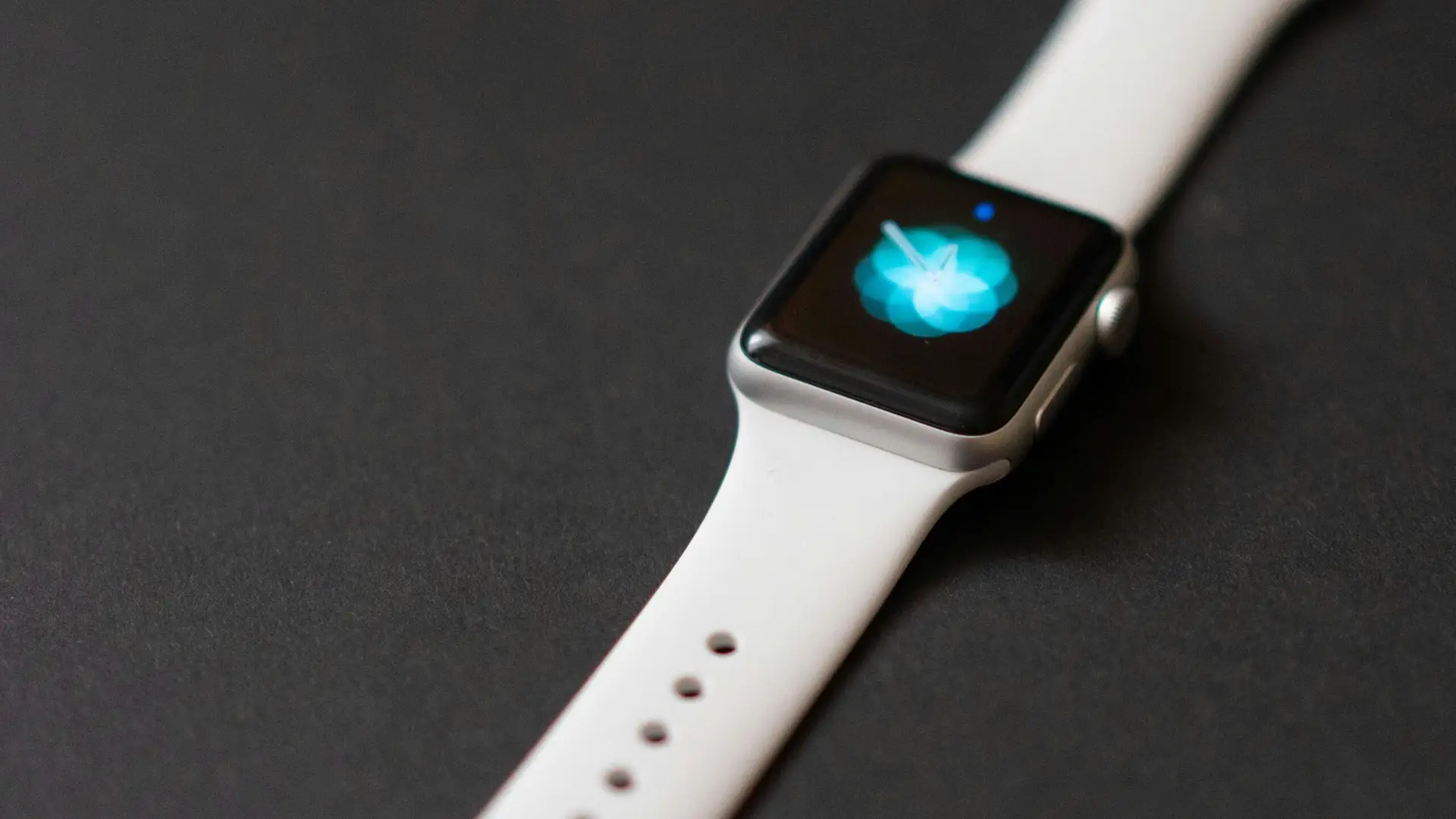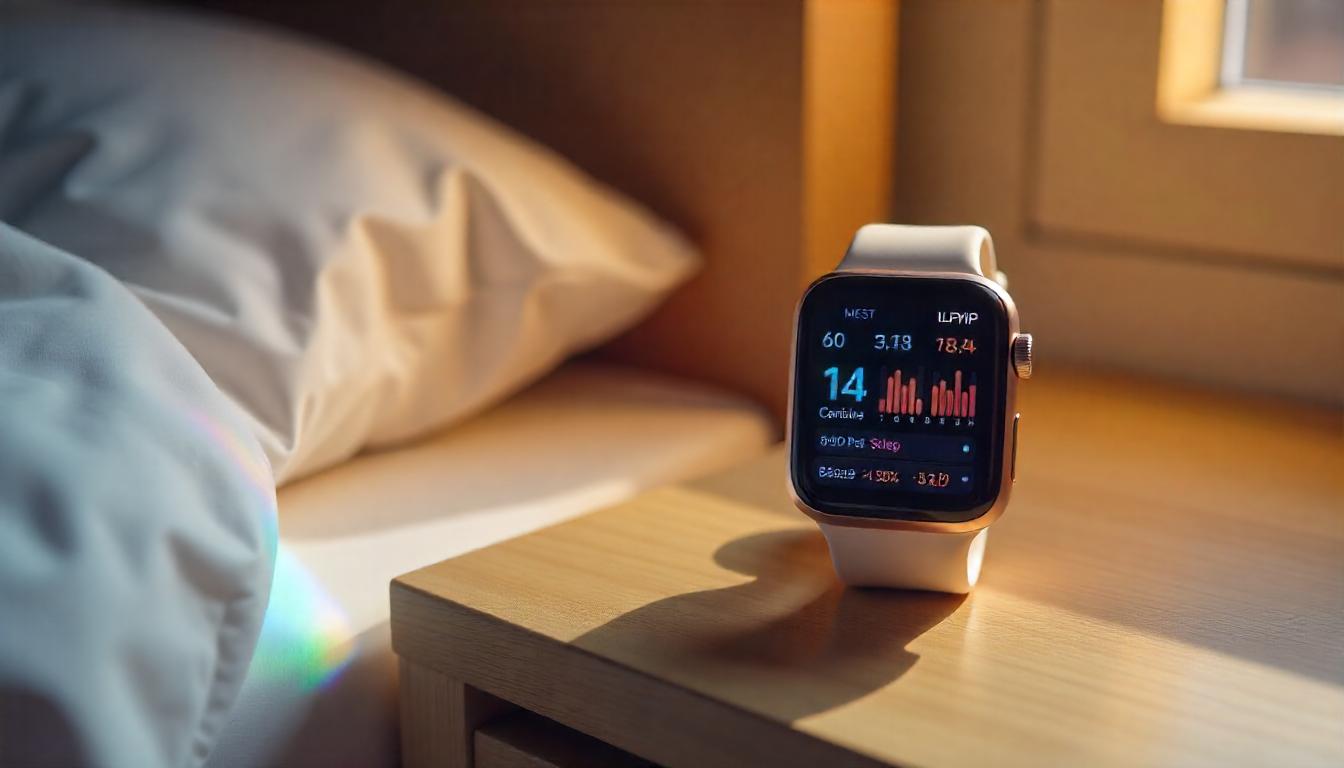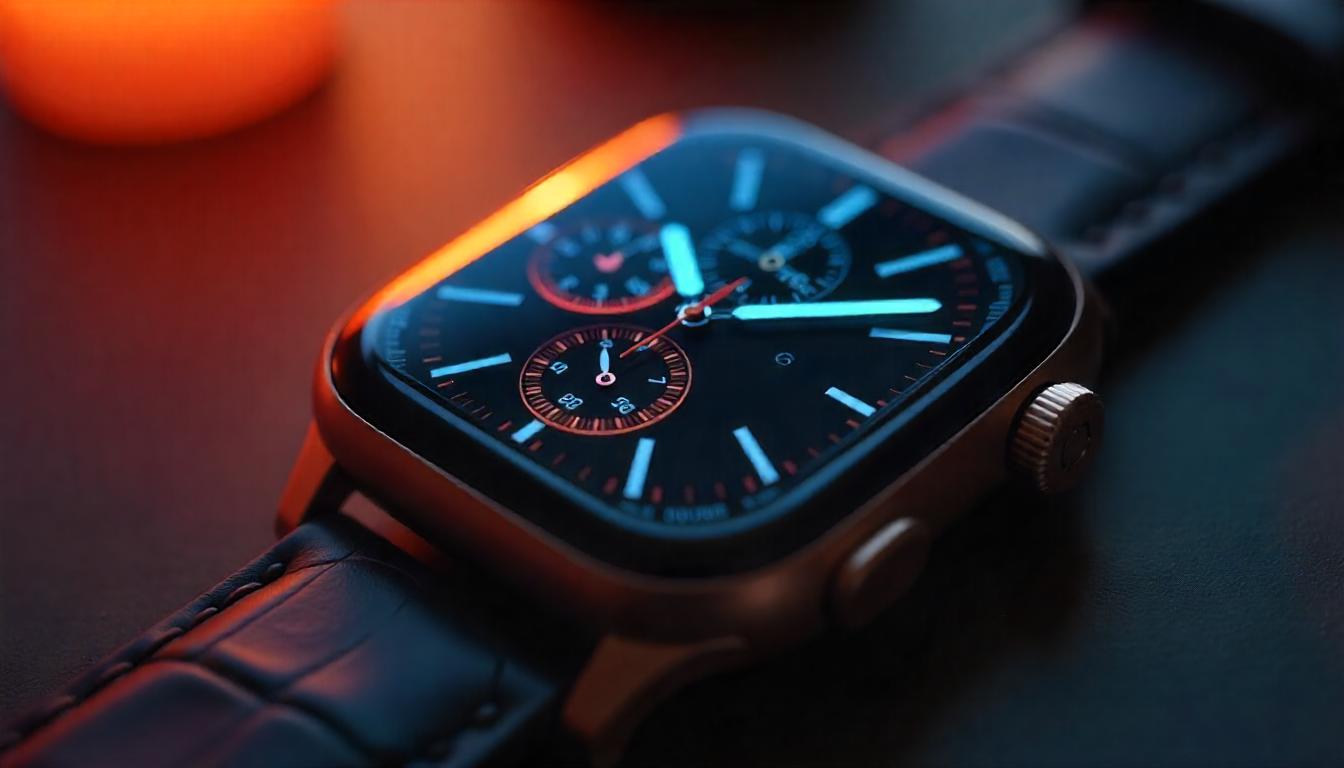Smartwatches have surged in popularity due to their blend of technology, convenience, and style. Initially perceived as luxury gadgets, they have become mainstream, driven by the increasing focus on health and fitness.
However, smartwatches rely on power from rechargeable batteries to operate. Without power, their digital screens, sensors, and connectivity features become non-functional, reducing them to fashion accessories.
In this all-inclusive guide, you will learn the charging methods, troubleshooting tips, and maintenance methods to improve the longevity of your smartwatch.
So, let’s get started and learn how to charge effectively.
Understand your charging process
Charging a smartwatch is a simple yet vital process. There are many different ways of charging, let’s explore and try to identify your device’s charging mechanism.
- Magnetic Chargers: These are common in brands like Samsung, Apple, iTouch, and Fitbit. It involves using a cable with a magnetic connector that attaches securely to the back of the smartwatch, aligning with the charging contacts.
- Charging Dock/Cradle: These are compact, supportive bases designed to hold and charge a smartwatch. They often include magnetic connectors, ensuring proper alignment and efficient power transfer.
- Wireless Charging pads: These are sleek, flat surfaces designed to charge a smartwatch without the need for cables or connectors. By utilizing inductive charging. These pads often support multiple devices, such as smartphones and earbuds.
- USB charging: some brands like Apple, employ a USB head built right into the watch and can be plugged into other devices such as a computer, wall adapter, or portable power bank for convenient charging.
Getting started

Before starting make sure you have the necessary accessories required to charge your smartwatch.
- Power Adapter: if your smartwatch doesn’t come with one make sure to get a UL-certified USB charger and avoid the fast charging adapters as they may deliver excessive voltage and incur damage to your smartwatch’s battery.
- Charging Cable or Dock: This is provided with your smartwatch.
- Cleaning cloth: For making sure the charging contacts are dry before charging and also for cleaning the watch lens.
Charging your smartwatch
Begin by checking the power level, some models have their optimal charging range, for example, it may be recommended to charge when the battery goes under 20% but not when it completely drains.
Follow up by removing the watch from your wrist for proper connection between the contacts and the connector, and use the cleaning cloth to make sure that the smart watch is dry and clean before connecting it to the cable.
Align the magnetic connector and the charging contacts on your watch until you feel a snap into place signaling a successful connection.
Your watch may have a magnetic feature and that often ensures keeping the charger and the pins snug into place.
Once properly connected, your smartwatch may indicate charging in the following ways:
- On-Screen Display: Some smartwatches show an animation or a charging icon on the screen. This could be a simple battery symbol with a lightning bolt, or an animation indicating that charging is taking place.
- LED Indicators: Many models come with an LED indicator light on their charging docks/cradles that light up when the watch is properly connected.
- Vibration or Sounds: Certain models may vibrate or emit a sound to signal that the charging process has started.
- Notification Alerts: other models may send a notification or alert to the connected smartphone, which should confirm that the watch is charging.
These indication methods help the user easily verify that their device is receiving power and charging properly.
Monitor your smartwatch
When charging a smartwatch, it’s important to monitor and avoid the following to ensure both safety and optimal performance:
- Overcharging: Avoid leaving the smartwatch on the charger longer than necessary. Although many modern smartwatches are designed to prevent overcharging, excessive charging can still affect battery health over time.
- Using Incompatible Chargers: Only use chargers and cables specifically designed for your smartwatch. Using incompatible or cheap third-party accessories can lead to damage or inefficient charging.
- Extreme Temperatures: Avoid charging in extremely hot or cold environments. High temperatures can overheat the battery, while low temperatures might affect charging efficiency.
Tips for optimal charging performance

To achieve optimal charging performance for your smartwatch, it’s crucial to use the manufacturer-recommended charger and cable, as this ensures compatibility and safe power transfer.
Charging your smartwatch in a cool, well-ventilated environment helps prevent overheating, which can degrade battery health. It’s also wise to unplug the watch once it reaches 100% to avoid overcharging, even though many smartwatches have built-in safeguards.
Keeping the charging contacts clean and free of dust ensures a good connection. Maintaining the battery level between 20% and 80% is ideal for longevity, rather than letting it fully discharge or remain at full capacity for too long.
Using high-quality charging accessories and staying updated with the latest software can further enhance charging efficiency.
Finally, avoid exposing the watch to extreme temperatures while charging, as this can negatively impact performance and battery life.
Troubleshooting charging issues
Battery and Charging Issues: If your smartwatch isn’t charging or the battery drains quickly, first check the charger and cable for damage. Ensure you’re using the correct charger designed for your model.
Clean the charging contacts on both the smartwatch and charger to remove any dust or debris. If the problem persists, try resetting the watch or updating its software, as bugs or outdated firmware can affect battery performance.
Connectivity Problems: Issues with Bluetooth or Wi-Fi connectivity can disrupt communication between your smartwatch and smartphone.
Ensure that Bluetooth is enabled on both devices and they are within close range. Restarting both the smartwatch and smartphone often resolves connectivity glitches. Additionally, verify that both devices have the latest software updates installed.
If necessary, unpair and re-pair your smartwatch with your phone.
Performance and App Issues: If your smartwatch is slow or apps are malfunctioning, try restarting the device. This can clear temporary glitches and refresh the system. Make sure the apps are updated to their latest versions. If an app keeps crashing, reinstall it or check for app-specific updates from the app store.
Display Problems: A blank or unresponsive screen can be caused by a drained battery or a software issue. Charge the device and perform a reset if the screen remains unresponsive. If the display is damaged, you may need to contact customer support or visit a service center for repairs.
General Tips: Regularly update your smartwatch’s software to benefit from bug fixes and new features. If troubleshooting steps don’t resolve the issue, consult the user manual or contact the manufacturer’s support for further assistance. Keeping your smartwatch clean and ensuring it’s used within its specified conditions can also prevent many common problems.
Cleaning and maintenance for longevity

Proper cleaning and maintenance are essential for keeping your watch in good condition and ensuring it functions optimally. Regular care can help prolong its lifespan and maintain its performance.
Cleaning the Watch: Begin by turning off the smartwatch and disconnecting it from any charging sources. Use a soft, lint-free cloth slightly dampened with water to gently wipe the watch face and body. Avoid using harsh chemicals or abrasive materials, as these can damage the watch’s finish and screen. For stubborn spots or grime, you can use a mild soap solution, but be sure to dampen the cloth lightly and avoid getting moisture into any openings.
Cleaning the Band: The method for cleaning the band depends on the material. For silicone or rubber bands, rinse them under lukewarm water and use a mild soap to scrub away dirt. Dry thoroughly before reattaching. Leather bands should be cleaned with a damp cloth and conditioned with a leather cleaner or conditioner to prevent cracking.
Avoid soaking leather bands and keep them away from water. Metal bands can be cleaned with a soft cloth and a solution of mild soap and water, but be cautious around the watch’s connectors.
Maintaining Water Resistance: If your smartwatch is water-resistant, it’s still important to rinse it with fresh water after exposure to saltwater or chlorine, as these can cause long-term damage. Ensure the watch is thoroughly dried before charging or storing it.
Regular Updates and Reboots: Keep your smartwatch’s software up to date to benefit from the latest features and security improvements. Occasionally rebooting your device can help resolve minor glitches and improve performance.
Storage: When not in use, charge it to about 50% before storing it. This helps maintain battery life.
Store your smartwatch in a cool, dry place. Avoid exposing it to extreme temperatures, direct sunlight, or chemicals.
Regular care will not only enhance its longevity but also keep it looking and functioning like new.
Conclusion
In summary, maintaining your smartwatch’s optimal performance involves regular charging, proper cleaning, and effective troubleshooting.
By following these practices, you can enhance your smartwatch’s longevity and functionality, ensuring it continues to serve you effectively in everyday life.
FAQs
Charging your smartwatch to 100% is generally safe, as most modern devices have built-in mechanisms to prevent overcharging and manage battery health. However, maintaining your battery within a range of 20% to 80% is often recommended for optimal long-term battery health. This practice can help reduce stress on the battery, potentially extending its overall lifespan.
Yes, besides the standard magnetic chargers and USB cables, several alternative methods exist for charging smartwatches. Wireless Charging Pads, Charging Docks, Portable Power Banks, Docking Stations, and Custom Charging Cradles are other methods of charging.
Most smartwatches typically require about 1 to 2 hours to reach a full charge using the standard charger that comes with the device. It’s a good practice to follow the manufacturer’s recommendations for charging to ensure optimal battery health and performance.
Leaving a smartwatch charging overnight is generally not harmful for most modern devices due to their built-in battery management systems. However, being mindful of battery health practices and following manufacturer guidelines can help maintain your smartwatch’s performance and extend battery life.
















